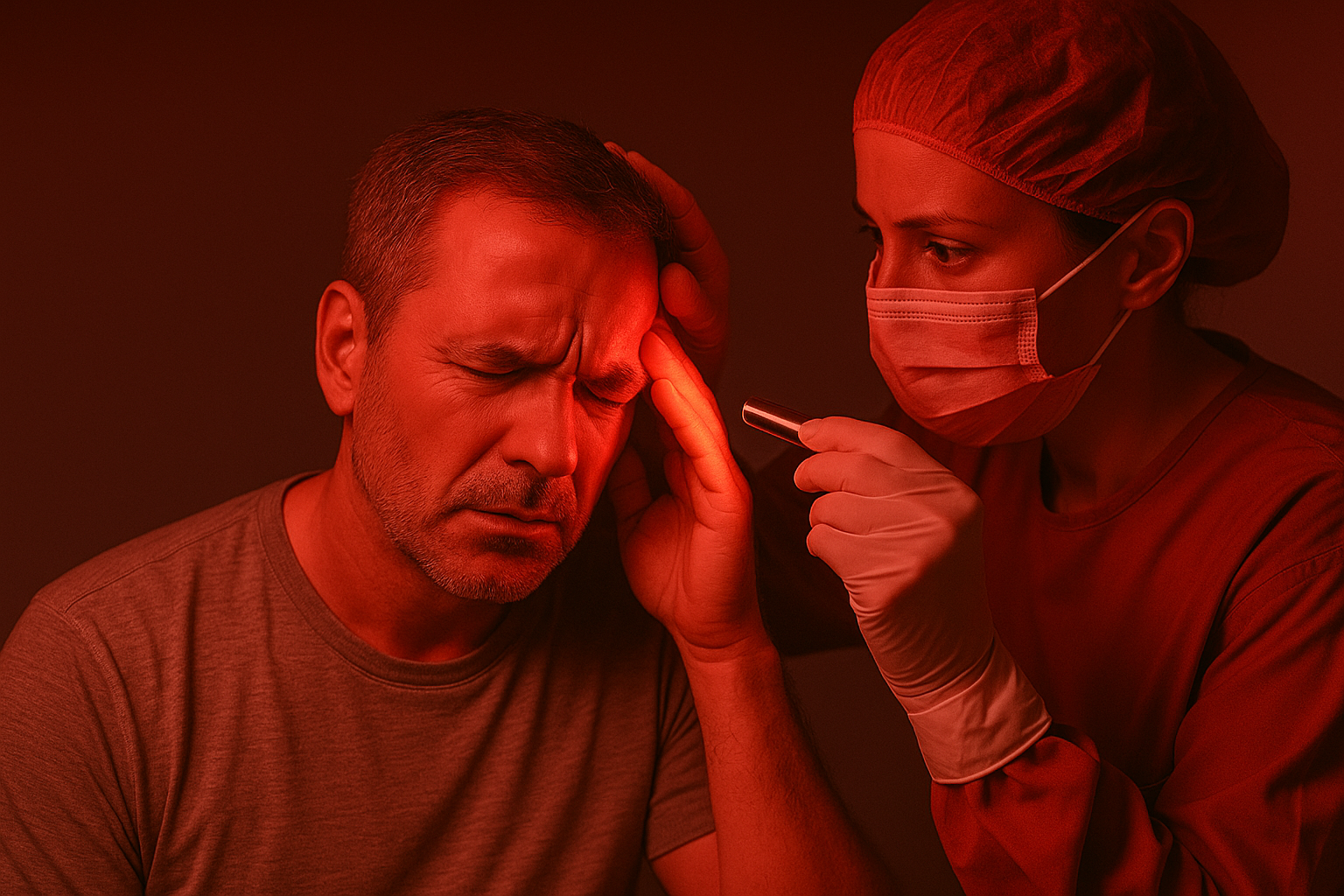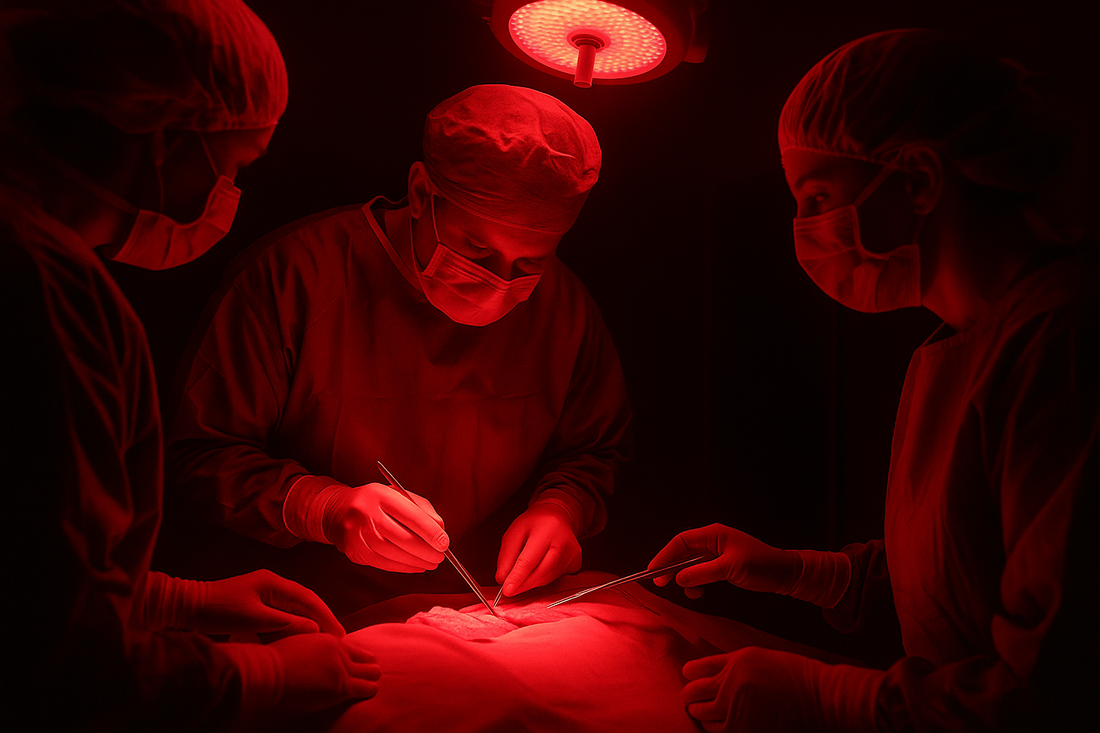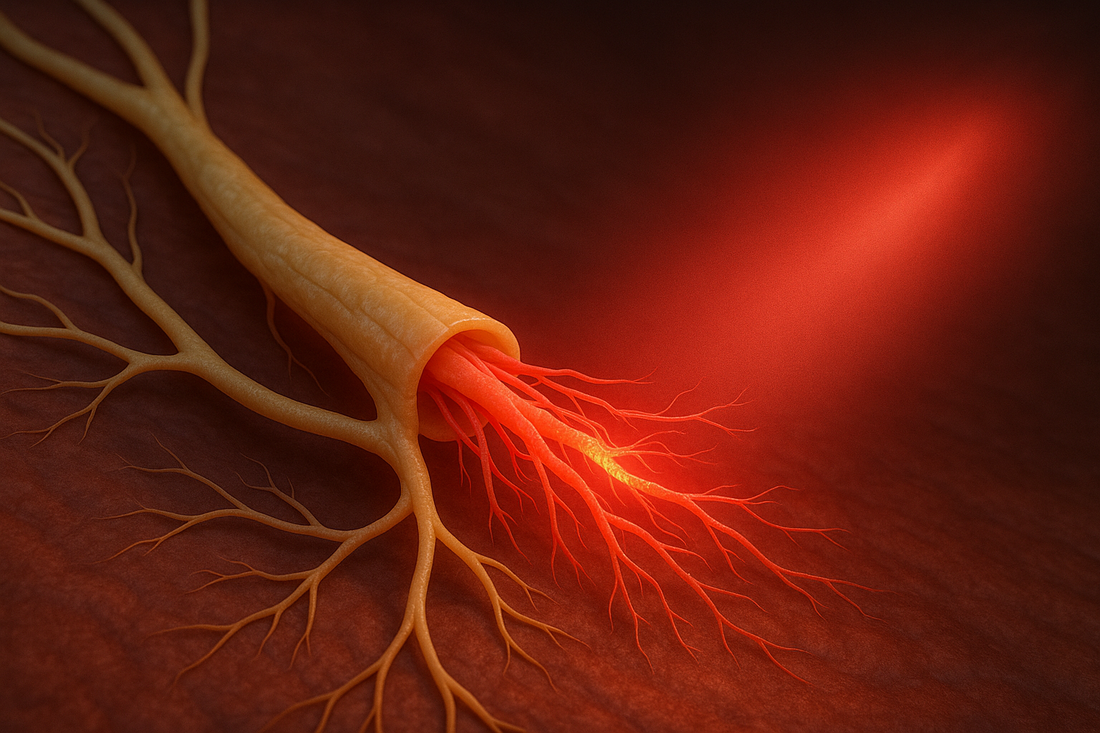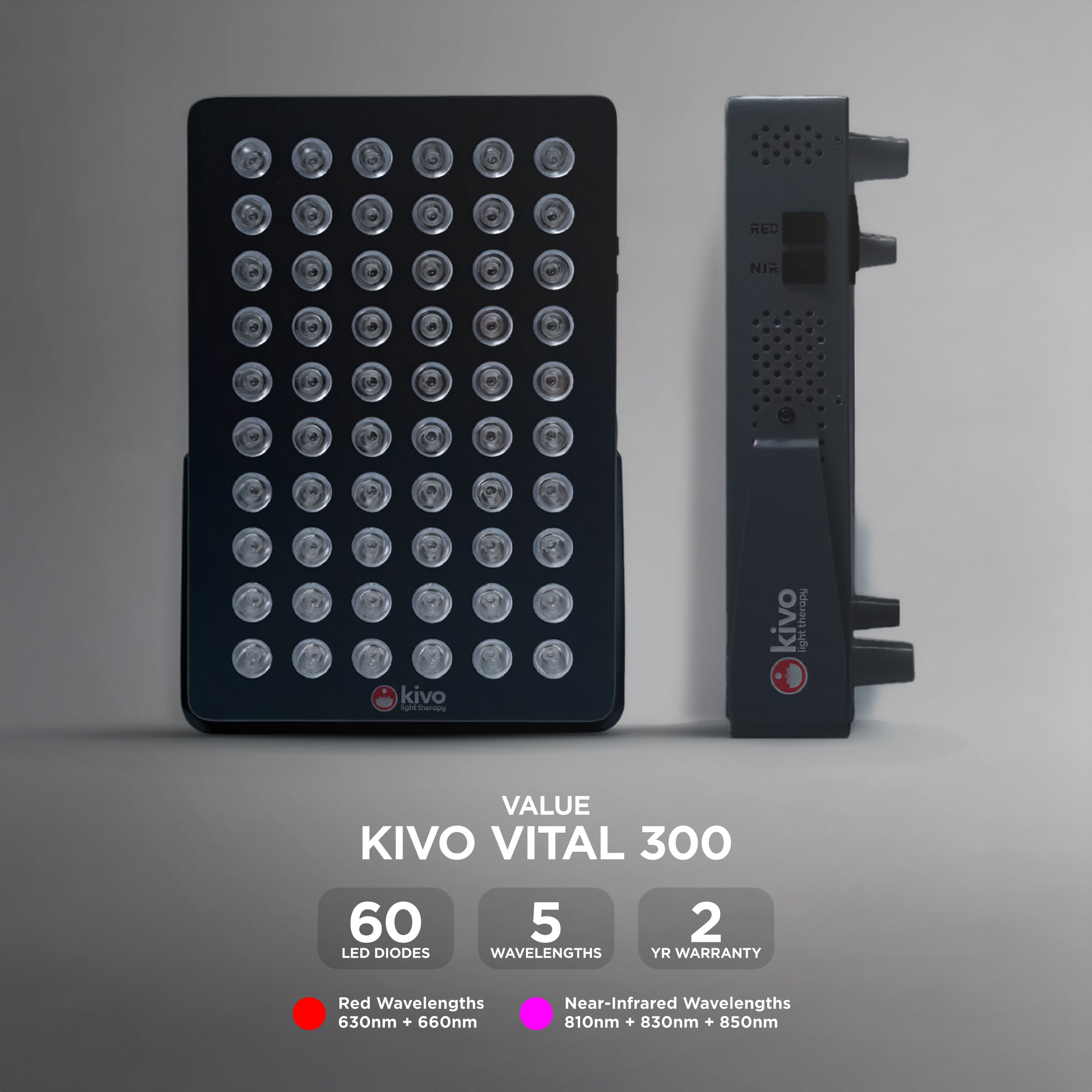Red Light & Near-Infrared Therapy for Concussions and Head Trauma
Keywords: red light therapy concussion, near infrared therapy brain injury, photobiomodulation for TBI, red light for post-concussion syndrome, LED helmet brain recovery
Introduction
Concussions and traumatic brain injuries (TBI) affect millions each year - from athletes and veterans to everyday accidents. While most people recover within weeks, many experience lingering symptoms like headaches, memory loss, fatigue, and “brain fog.”
Emerging research shows that photobiomodulation (PBM) - the therapeutic use of red and near-infrared (NIR) light - can support brain healing by enhancing cellular energy, reducing inflammation, and improving blood flow.
We discuss here how red and NIR light therapies work, the science behind their neuro-protective effects, and how they may complement concussion recovery programs.

What Is Photobiomodulation (PBM)?
PBM is a non-invasive treatment that uses specific wavelengths of light - typically red light (600–700 nm) and near-infrared light (800–1,100 nm) - to stimulate natural cellular repair and energy production.
As described in the review “Shining Light on the Head: Photobiomodulation for Brain Disorders”, these photons penetrate the scalp and skull to reach brain tissues, where they are absorbed by cytochrome c oxidase inside mitochondria - the cell’s energy powerhouse. This leads to higher ATP production, improved metabolism, and reduced oxidative stress.
In cases of brain injury, this process helps cells survive, recover, and restore communication networks disrupted by trauma.
How Red & Near-Infrared Light Therapy Supports Brain Recovery
- Boosts Cellular Energy: Enhances mitochondrial ATP production, improving neuron function and resilience (NCBI).
- Improves Blood Flow: Stimulates nitric oxide (NO) release for better oxygen and nutrient delivery (SPECT study).
- Reduces Inflammation: Downregulates pro-inflammatory cytokines and calms overactive microglia (MDPI review).
- Promotes Neurogenesis: Encourages growth of new neurons and synaptic repair via BDNF signaling.
- Restores Brain Connectivity: Functional MRI studies show improved resting-state connectivity after light therapy (RSNA Radiology).
These combined effects make PBM a unique tool for healing both the structural and functional aspects of the brain after concussion.
Clinical Evidence for Concussions and Head Trauma
Human Studies
Several human trials and case studies demonstrate that transcranial PBM may improve cognitive performance, mood, and cerebral blood flow in concussion and TBI patients:
- Open-protocol chronic mTBI patients: In an open clinical series, patients with long-term cognitive issues showed improvements in memory and executive function after 18 red/NIR LED sessions over six weeks.
- Pulsed LED helmet study: A SPECT imaging trial found improved blood flow and cognitive performance after LED helmet treatments in chronic TBI participants.
- Randomized controlled trial (RCT): A JAMA Network Open study confirmed that low-level transcranial light therapy is safe and physiologically active compared to sham treatments.
- Mass General Hospital helmet study: A Mass General trial demonstrated that PBM increased brain connectivity within the first 2–3 weeks of moderate TBI recovery.
Animal Research
Animal studies support these human findings, showing that light therapy can reduce lesion size, preserve neurons, improve behavior, and speed recovery after TBI (NCBI).
Proposed Protocols and Parameters
Because every injury and patient is unique, PBM for concussion should be customized and medically supervised. Commonly used parameters in research include:
- Wavelengths: 630–670 nm (red), 810–900 nm (near-infrared)
- Irradiance: 10–100 mW/cm²
- Energy Dose: 1–10 J/cm² per session
- Session Length: 10–30 minutes
- Frequency: 3x per week for 4–8 weeks
For moderate to severe cases, studies such as the MGH helmet trial applied treatment within 72 hours post-injury, demonstrating early neuroprotective effects.
Safety and Considerations
Red and near-infrared light therapy is generally well tolerated. Reported adverse effects are rare and mild (e.g. temporary fatigue or mild headache).
- Use devices with verified wavelengths and power levels.
- Consult a neurologist if you have a seizure disorder, metallic cranial implant, or open skull fracture.
- Do not exceed recommended exposure times or irradiance levels.
Recent studies on NIR-II safety confirm that properly dosed PBM does not cause structural or thermal brain damage.
Advantages and Limitations
Advantages
- Non-invasive and painless
- Targets multiple healing pathways (energy, inflammation, perfusion)
- Can be integrated with standard concussion rehab
- Safe for repeated or long-term use under supervision
Limitations
- Penetration depth varies by wavelength and skull thickness
- Consumer devices may be underpowered or inconsistent
- Few large-scale randomized trials exist to date (Frontiers in Neurology)
Frequently Asked Questions
Is red light therapy safe for the brain?
Yes. Studies in humans, including JAMA Network Open and Mass General Hospital, show PBM is safe with proper use.
Does it help long after the injury?
Yes. Even years post-injury, patients in chronic TBI studies reported improved cognition, mood, and sleep.
Can I do this at home?
Only with approved devices and under professional guidance. Light helmets or panels must have accurate wavelength output and dosage control.
Overview
Red and near-infrared light therapy (photobiomodulation) represents a promising new frontier in concussion and brain injury recovery. By supporting mitochondrial health, improving circulation, reducing inflammation, and promoting neuronal repair, PBM addresses the root mechanisms that delay healing.
While not a cure, PBM is a powerful adjunct when used responsibly under medical supervision - especially alongside evidence-based rehabilitation, cognitive therapy, and rest protocols.
References
- Photobiomodulation or Low-Level Light Therapy: Mechanisms and Applications - NCBI
- Traumatic Brain Injury Recovery with Photobiomodulation: Cellular and Molecular Mechanisms - MDPI Cells
- Transcranial Red/Near-Infrared LED Therapy to Improve Cognition in Chronic TBI - PubMed
- Pulsed Transcranial Red/Near-Infrared Light Therapy Using LEDs: Cognitive and SPECT Results - NCBI PMC
- Effect of Transcranial Low-Level Light vs Sham Therapy Among Patients - JAMA Network Open
- MGH-led Study: Light Therapy Safe, Modulates Brain Repair in Moderate TBI - Mass General
- Low-Level Light Therapy Results in Increased Brain Connectivity - RSNA Radiology
- Changes in Brain Function and Structure After Self-Administered Red/NIR Light - Frontiers in Neurology
- Can Infrared Light Really Be Doing What We Claim It Is Doing? - Frontiers in Neurology
- Transcranial Low-Level Laser Stimulation in NIR-II Region for Brain Safety & Protection - arXiv
Disclaimer: This article is for educational purposes only and does not replace professional medical advice. Always consult a qualified healthcare provider before starting new treatments.





